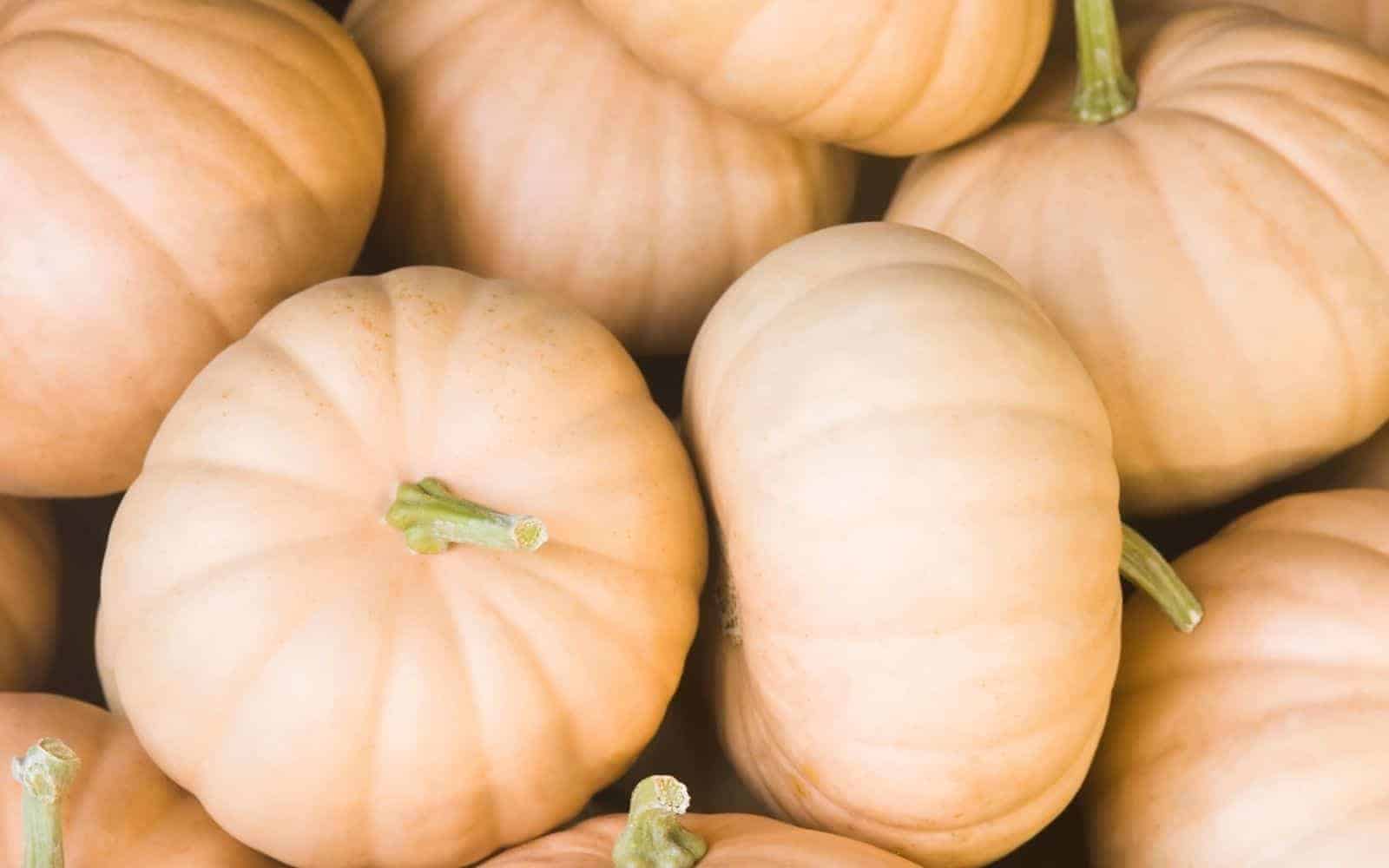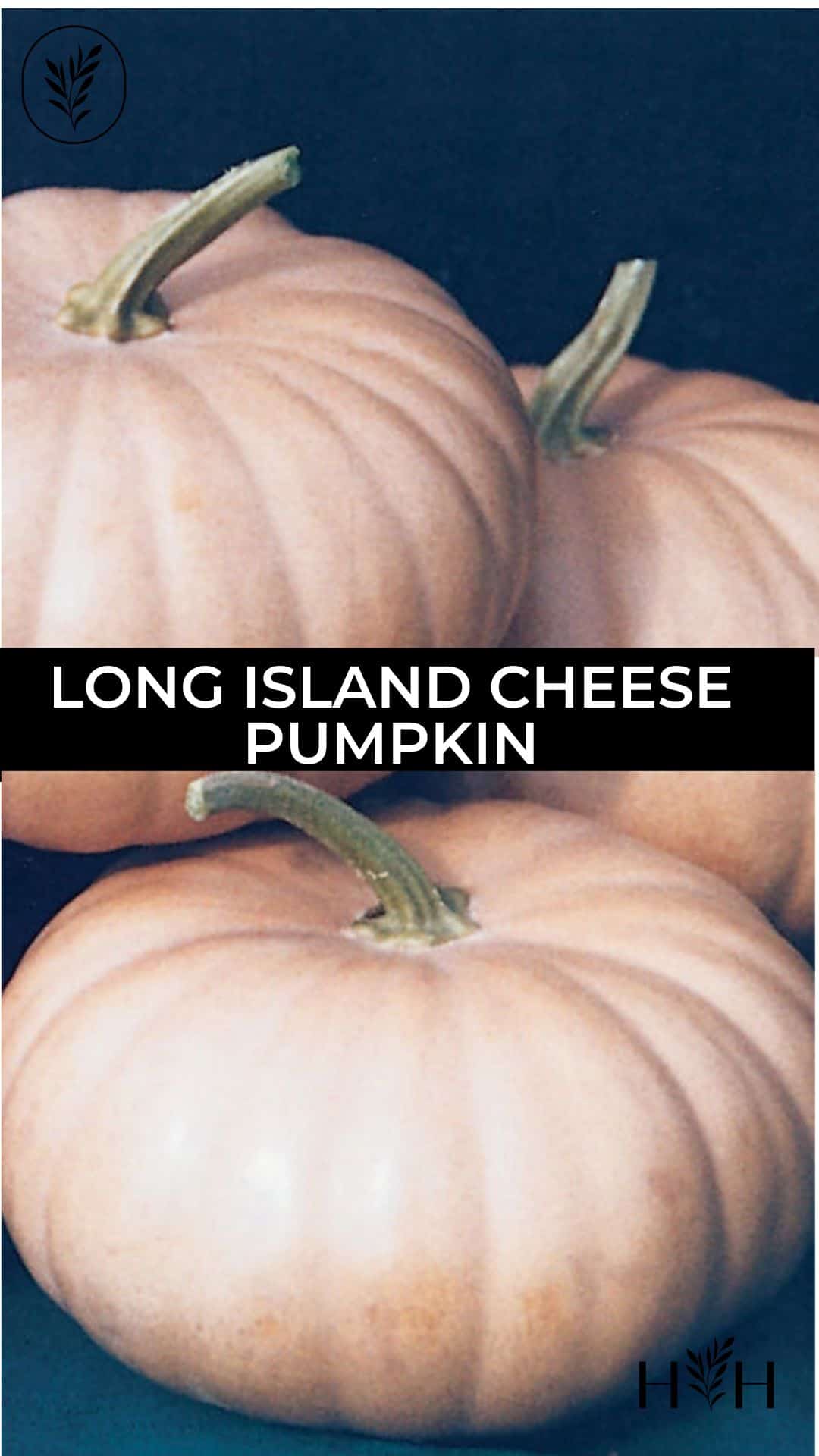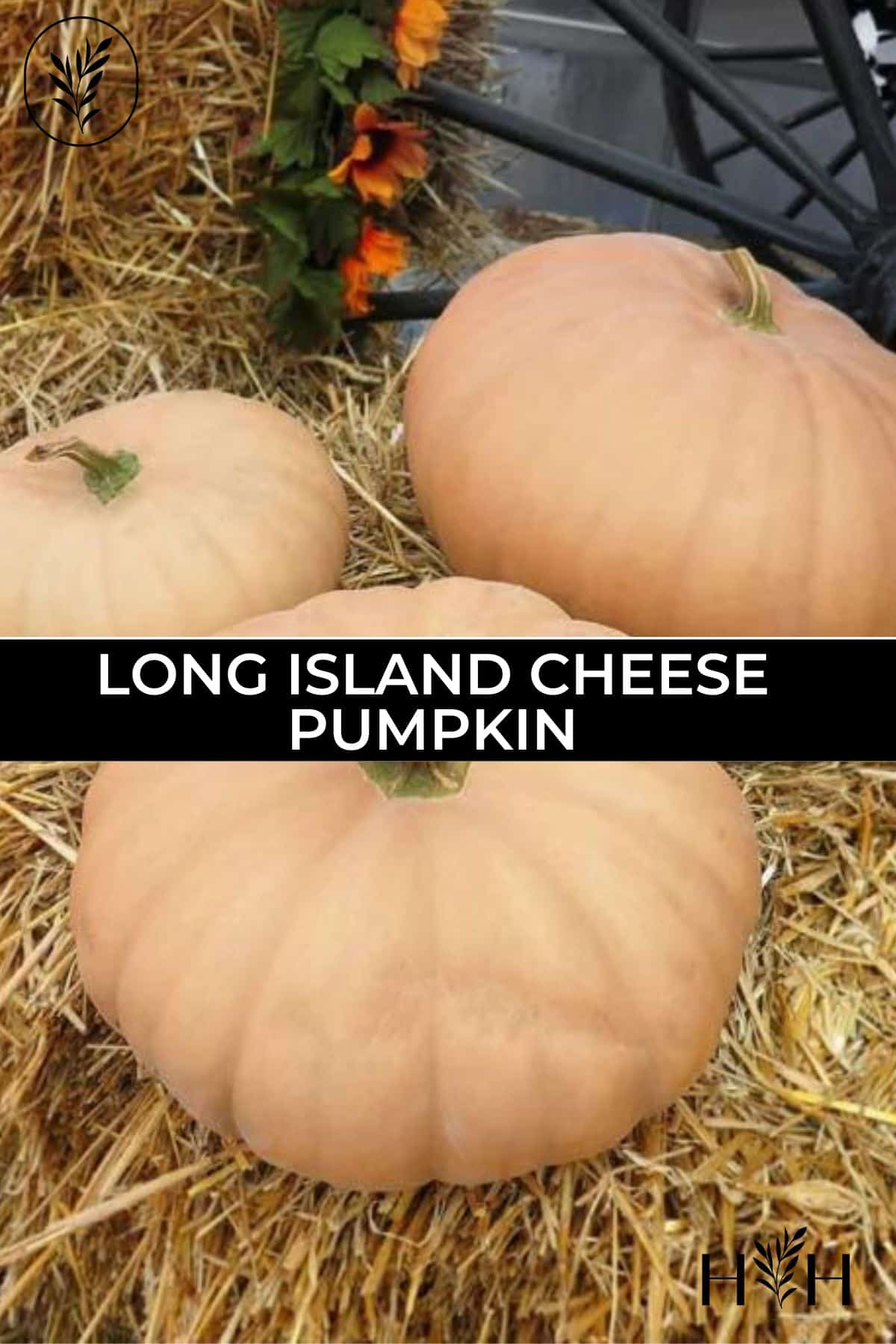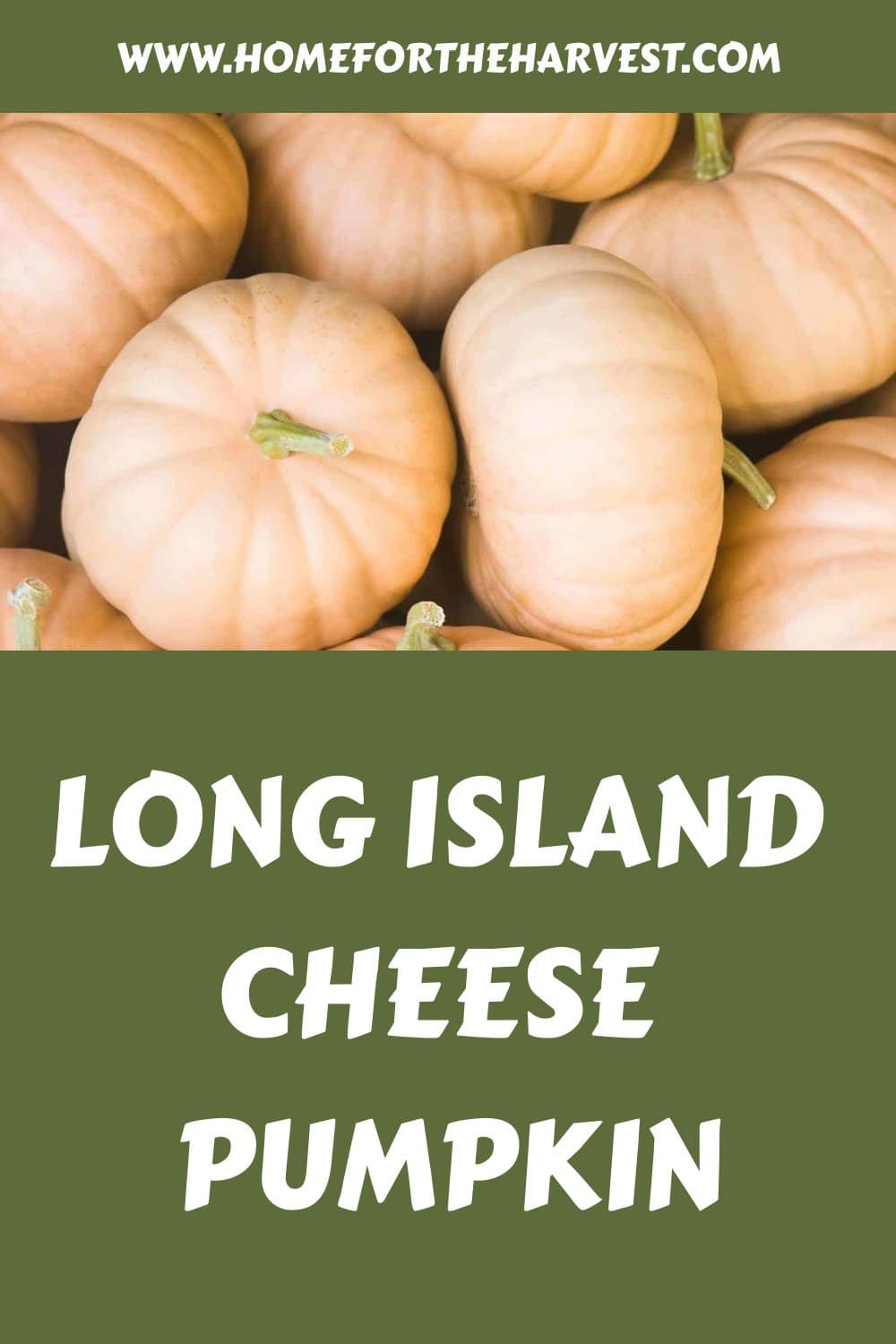The Long Island Cheese Pumpkin is one of the most popular heirloom pumpkins. But what makes this pumpkin so likable?
Long Island Cheese pumpkin is a variety of heirloom squash favored for its smooth, stringless flesh and rich flavor. They are also very pretty and make wonderful ornamental pumpkins for fall displays. This pumpkin has a rich history on the East Coast as one of the oldest domesticated squashes and is becoming a popular addition to many gardens and specialty markets.
If you want to grow pumpkins specifically for cooking, then this pumpkin is the perfect option for your garden. Below we’ll explore this pumpkin’s long history as well as how to grow some of your own.
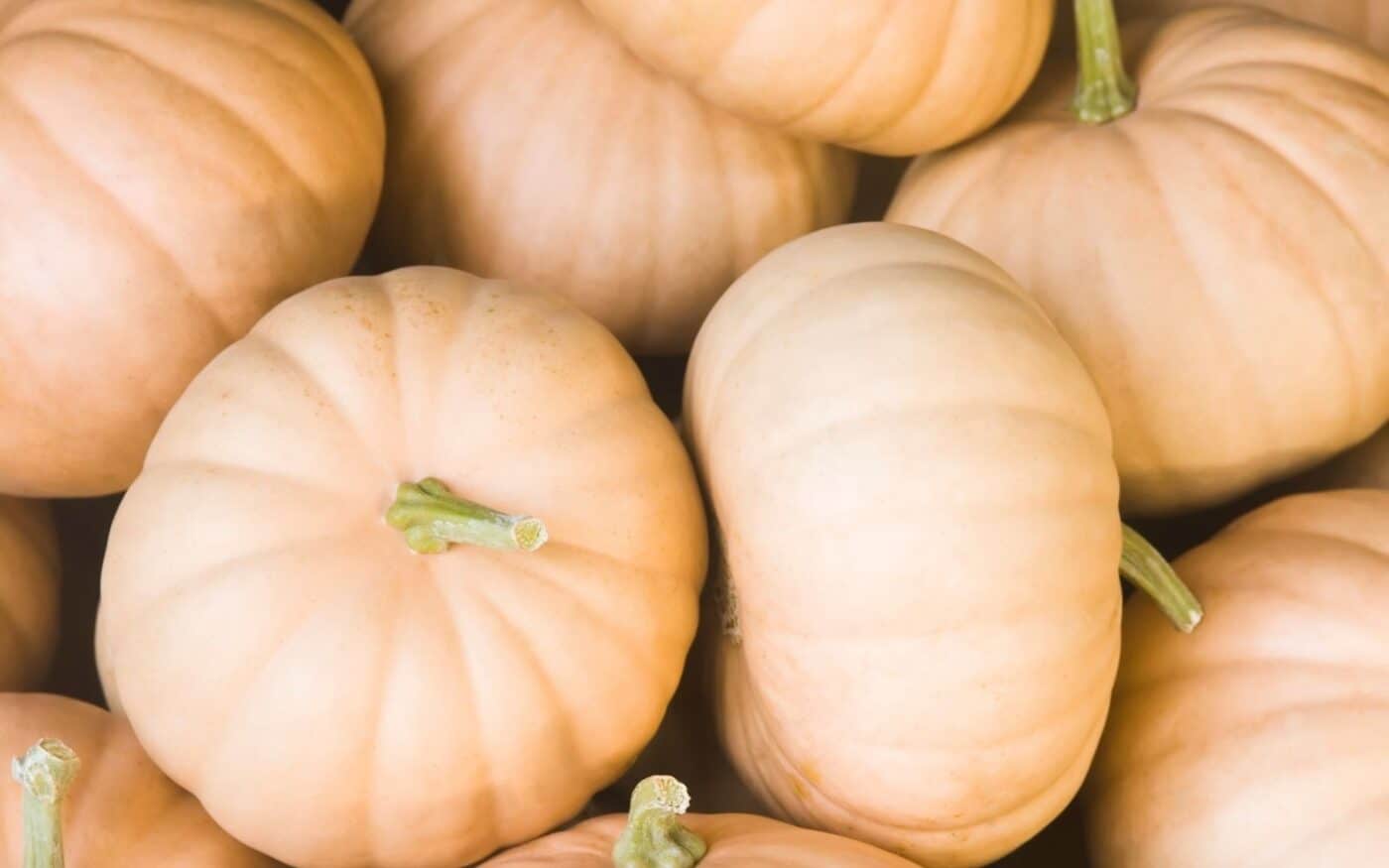
Long Island Cheese pumpkin basics
One of the first squash varieties ever domesticated for food was the Long Island Cheese Pumpkin. Farmers began cultivating the pumpkin for commercial sale, referring to it as the Cheese Pumpkin.
The pumpkin received its unique name because of its shape and coloring. It closely resembles a wheel of cheese in many ways. Chefs favored this pumpkin originating from Long Island for its flavorful, stringless flesh.
“Long Island Cheese: Large and pastel orange (named for its cheese wheel-esque appearance) with a rich, hearty taste. I prefer this for decoration more than for cooking.”
Purely Pumpkin: More Than 100 Seasonal Recipes to Share, Savor, and Warm Your Kitchen, by Allison Day
Although once a popular pumpkin, the Long Island Cheese Pumpkin began to disappear in the 1970s.
One man, Ken Ettlinger, started collecting the seeds from the pumpkins he purchased and revived the Long Island Cheese Pumpkin variety (source: Hudson Valley Seeds). This variety is now very popular among specialty growers, especially those farming and gardening in climates with short warm growing seasons.
“In the 1800s, cookbooks and farmers almanacs in the Long Island Sound frequently cited the Long Island Cheese Pumpkin as a regional favorite, and in 1807, Bernard McMahon introduced the pumpkin to the commercial market, and was promoted in the 1800s as the quintessential variety for making pumpkin pie.”
Long Island Cheese Pumpkin, Ark of Taste, Slow Food
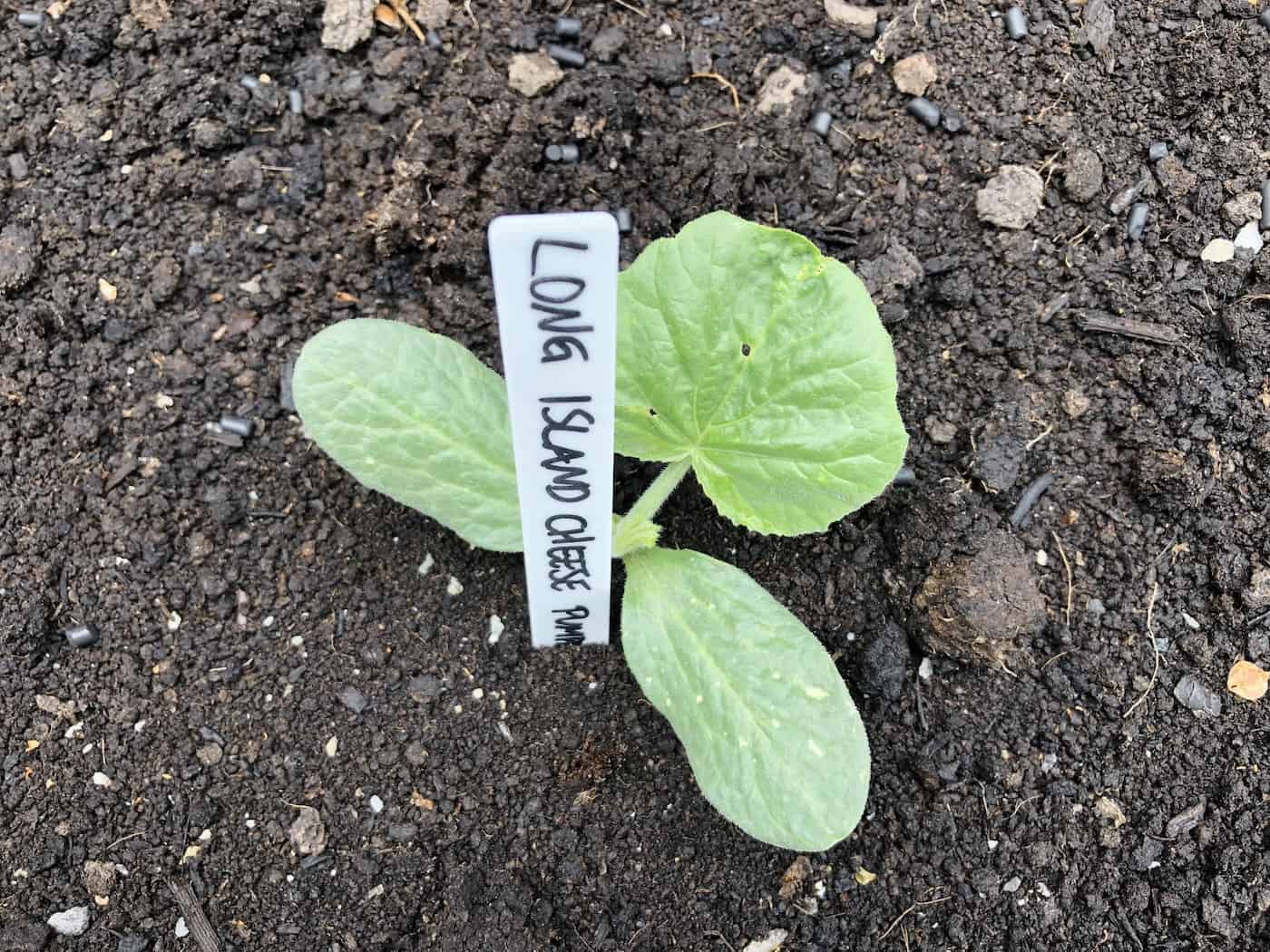
How to grow a Long Island Cheese pumpkin?
This pumpkin requires a shorter growing period than some of the other heirloom pumpkin varieties like Jarrahdale or Fairytale. One of these pumpkins can reach maturity in about 100 days. Because this pumpkin does not require an extended growth period (like the Atlantic Giant pumpkin), you can wait to plant the seeds until about two weeks after the last frost.
If you plant your pumpkin seeds outside, it is necessary to wait a few weeks after the last frost to ensure that the soil has thawed/warmed and that the weather will not turn cold again. Once the frost has passed, begin preparing your garden beds for the pumpkins.
Be sure to use a soil mixture that is nutrient-rich and drains well. Every five feet or so, create a small mound of soil mixed with manure and compost. It is important to space the piles out, or the pumpkin vines will crowd each other out. Make sure to build your garden bed in an area that receives ample sunlight throughout the entire day.
Plant a few seeds about two inches deep into each of the mounds. Water the piles evenly. If multiple seeds sprout in one stack, remove all but the healthiest sprouts. You could attempt to transplant the weaker sprouts in a new mound; however, they may not survive the change in environment.
If the frost lasts late into the season, you can start your seeds inside. Plant one seed into a small biodegradable pot. Keep the germinating seeds inside for about three or four weeks. Keep the pumpkin starting at a temperature between 65 and 75 degrees Fahrenheit. Then transplant the biodegradable pots that have sprouts in them into the mounds.
Whether you start your pumpkins inside or outside, the young seedlings and sprouts require plenty of light and even moisture. Continue watering and fertilizing the pumpkin plants. A week or two before the pumpkin matures, reduce the amount of water the plants receive. Less water before maturation will result in less watery flesh and a more flavorful crop.
Harvesting Long Island Cheese pumpkins
Not sure if your pumpkins are ready for harvesting? Start by gently pressing into the pumpkin’s skin with your fingernail. If you can pierce the skin, the pumpkin is not quite mature. Another method to check your pumpkin’s maturity is to look at the leaves on its vine. If the leaves have begun to wither, then the pumpkin is reaching maturity.
A fully mature Long Island Cheese Pumpkin will range in weight between six to ten pounds. Cut the pumpkin off the vine, leaving about two inches of stem on top. After harvesting, leave the pumpkins in the sunshine or inside a warm, dry room for ten days to cure.
Cured pumpkins will have hardened skin and fewer imperfections. These pumpkins will be easier to store. After curing, store the pumpkins in a cool, dry place. The pumpkins have a longer storage life than many other pumpkin varieties.
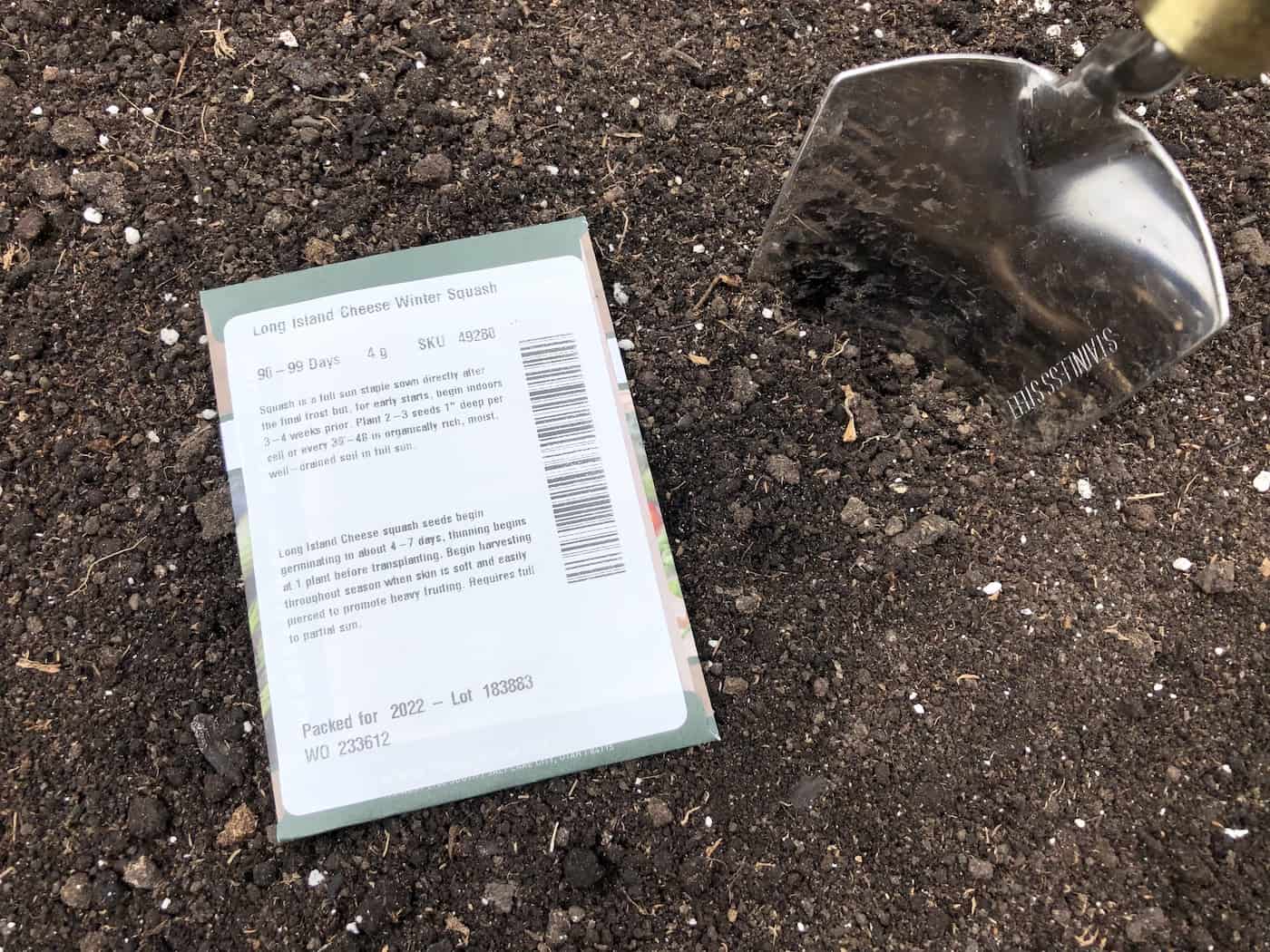
Cooking with Long Island Cheese pumpkin
Long Island Cheese Pumpkins are the perfect pumpkin for cooking. Because the flesh has no strings, it is easy to make a pumpkin pie or add it to soups for a rich flavor. These qualities make the pumpkin superior to many other pumpkin varieties. They are also great for long storage.
The Long Island Cheese Pumpkin is similar to the butternut squash. The two plants’ similarities make them substitutes for each other. In other words, you can use the pumpkin in all of your favorite butternut squash recipes! Prepare the two squashes with the same methods.
The Long Island Cheese Pumpkin’s rich flavor makes it an excellent ingredient in many unique dishes. One unique use for the Long Island Cheese Pumpkin is in pumpkin ravioli. Learn how to make Pumpkin Ravioli from Delish!
For more traditional uses, add the Long Island Cheese Pumpkin to make homemade soups, pumpkin puree, chowders, or pumpkin pies.


